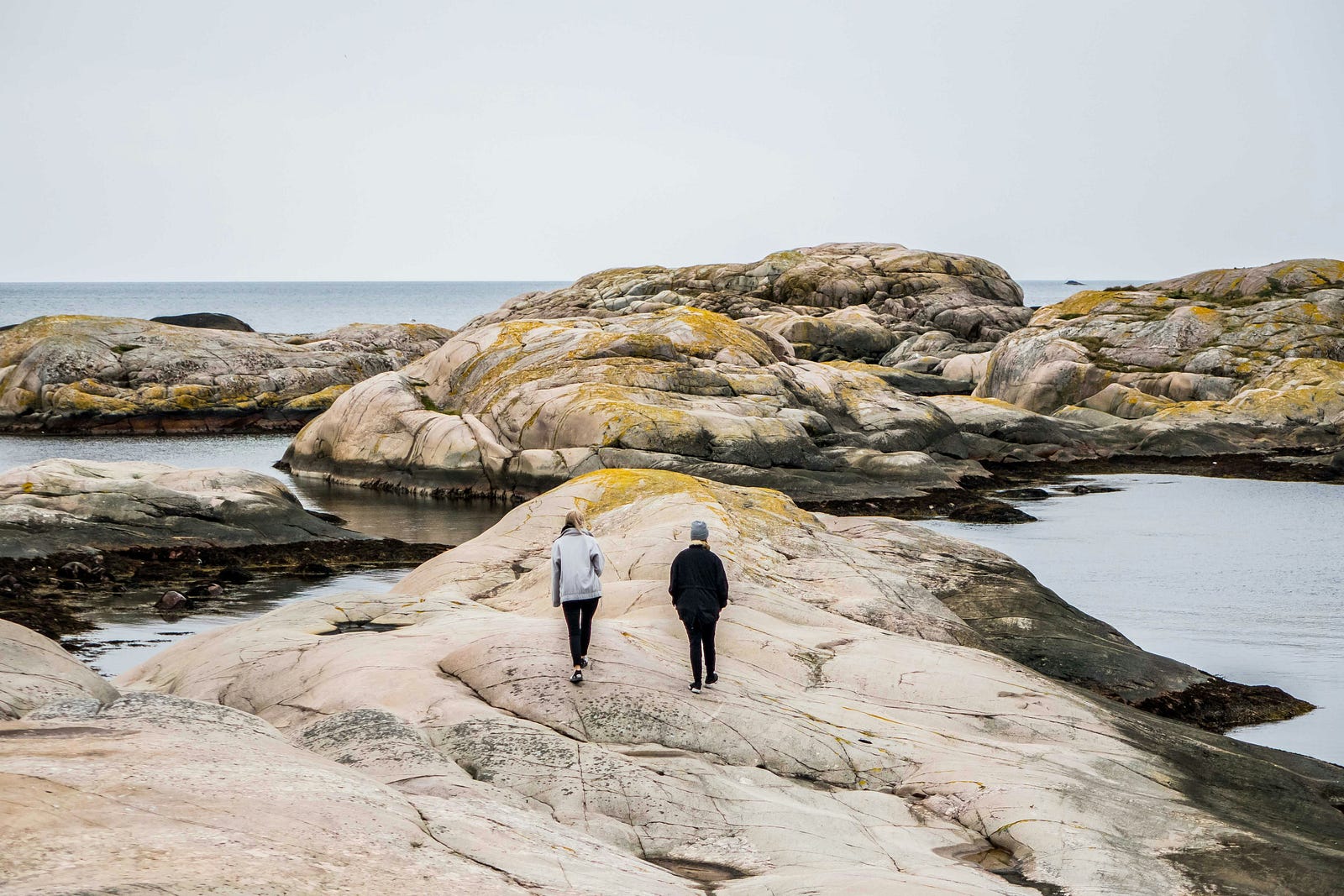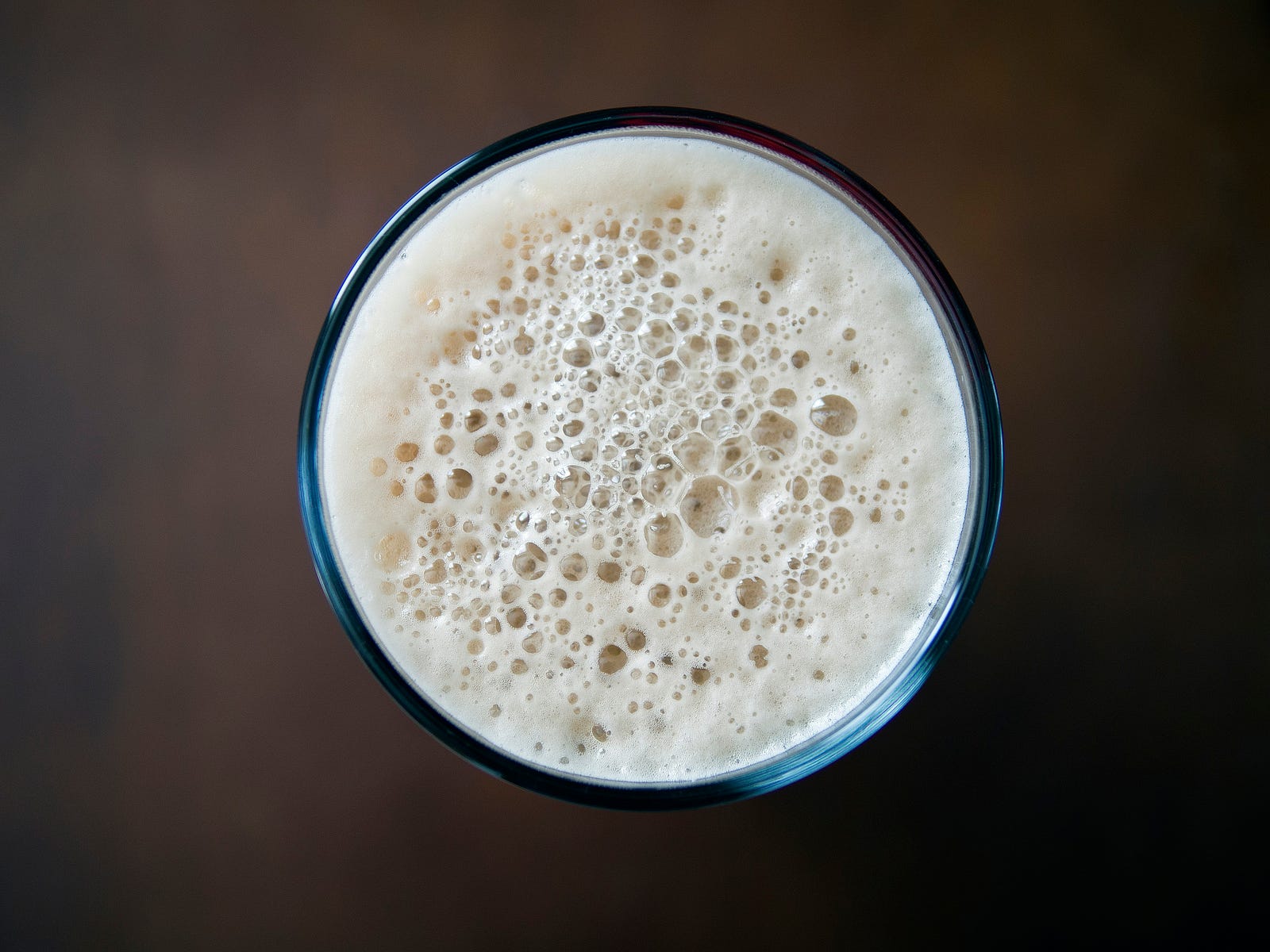2 Easy Exercises
I have often written about my to-do list for improving my health. Today, we explore 2 easy exercises that can improve your health (and lifespan).
You know the drill: Exercise, eat a balanced diet, get adequate downtown (including mindfulness and sufficient sleep).
But today, I want to share two effective exercise habits I use for a longer life.
I know I know: You care more about healthspan than lifespan.
Me, too. Fortunately, you can extend both by incorporating some habits into your daily routine.
But first, I want to share a quiz on physical activity.
2 Easy Exercises: An Exercise Quiz
Do you know how to optimize your health and well-being through physical activity?
Let’s find out.

1. How much physical activity should you get weekly?
- 30 minutes
- 60 minutes
- 120 minutes
- 150 minutes
- 300 minutes
2. True or false: Longer exercise sessions on the weekend are about as effective as doing physical activity throughout the week.
- True
- False
3. It’s time to start your workout. What are the best things to do to prepare? Pick two.
- Jog for 20 minutes.
- Do static stretches, such as touching your toes and holding the stance.
- Engage in dynamic stretching (I prefer walking lunges).
I’ll provide the answers after sharing my favorite easy physical activities.
2 Easy Exercises – #1: Get Up!
All of my colleagues know that I diligently avoid long periods of sitting.
No, my first exercise move is not jogging. Or biking long distances.
I try to get up and move around (and stretch) at least once each hour.

Here are the results of a 2024 study that illustrates the benefits of avoiding being sedentary:
Compared with older women sitting less than 9.3 hours daily, those sitting for 11.6 hours (or more) daily had a nearly 1.6 times higher risk of early death. They also had an almost 1.8-fold increase in cardiovascular disease.
I add stretching to my hourly movement routine.
Let’s turn to another reason I pursue walking and stretching throughout the day.
Falls Are Common As We Age
A year ago, I slipped on ice.
The result? A devastating right knee injury, including a complete patellar tendon tear.
Did you know that falls are the leading cause of injury and death from injury among older Americans?
More than one in four adults aged 65 and older report having a fall at least once in a given year.
Do Exercise and Stretching Drop My Fall Risk?
A resounding yes.
Physical activity can reduce the fall risk of older individuals.
Researchers performed a meta-analysis to understand the effects of exercise factors (type, frequency, and duration) on reducing fall risk.
They identified 648 subjects in 10 randomized trials, examining these exercise interventions:
- integrated (resistance, core, and balance training)
- resistance
- core
- balance
- Pilates
- Tai chi
- Ba Duan Jin
The results?
An integrated approach (more than five times weekly for at least 32 weeks) effectively reduces fall risk.
Many of my patients do resistance and core training. But balance? It’s not usually a focus.
2 Easy Exercises – #2: Take It Outside
I enjoy heading outdoors for regular walks, sometimes several times daily.
Lunchtime?

Yup, a 30-minute stroll outside is on.
I love connecting with nature to boost my physical and psychological well-being.
It’s All About the Fractals
I would rather walk in nature than on crowded streets.
I have lower stress levels when I look at trees or water bodies.
Fractals drive this drop in stress.
Did you know that viewing certain fractal complexities can reduce stress and mental fatigue by as much as 60 percent?
The human brain would rather look at nature than city streets
New work by the University of Oregon’s Richard Taylor points to the benefits of natural fractal patterns.news.uoregon.edu
Walk Among Trees
What happens to your brain when you ambulate down the street in an urban setting?
What about walking among trees?
Stark urban environments do not delight our brains, as modern architecture and spaces lack fractals.
Fractals are patterns that self-repeat at different scales.
Here’s where you can find them:

Yup. Trees have pleasing fractal complexities.

The ocean also has pleasing fractals.

Clouds have fractal patterns.

Leaf veins
Trees are fractal from seed to roots to leaves to their canopy.
Look at the veins of the leaf in the picture above.
Do you see the repeating patterns?
The smallest ones mimic the midline vein. The midline vein looks like the tree trunk and branches.
Cool, no?
Not all leaves delight my brain, but ones with reticulate venation (weblike veins) do.

One more: The foam on your morning latte has fractals.
Get Outside for 20 Minutes
The first thing I do at work is to get a 20- to 30-minute nature dose.
Here’s what happens physiologically:
Nature, with its proper fractal complexity, reduces stress levels by causing reductions in my stress hormone (cortisol) levels.
Just twenty minutes of seeing nature will trigger that cortisol drop.
My blood pressure drops, too.
That’s a great return on investment, no?
Quiz Answers
- How much physical activity should you get weekly? The U.S. Centers for Disease Control and Prevention recommends weekly 150 minutes of moderate-intensity activity. I often tell my patients that any amount of physical activity can promote health.
- True or false: Longer exercise sessions on the weekend are about as effective as doing physical activity throughout the week. A longer weekend exercise session can be as healthy. Get the intensity up a bit and aim for a weekly 150 minutes of physical activity.
- It’s time to start your workout. What are the best things to do to prepare? Pick two. Did you guess jogging? That’s a bingo. I also use dynamic stretches, including walking lunges.

2 Easy Exercises – Actionable: A Brief To-Do List
Here are some to-do’s:
- Spend 20 to 30 minutes immersed in nature to enjoy a nice drop in your street hormone levels. Humans spend 93 percent of their time indoors!
- Change your perspective. Thunderstorm outside? Go look out through a window to spy on some nature.
- Get some indoor plants to add fractals to your perspective.
Do you have simple, easy-to-do health hacks?
Get an email whenever Dr. Michael Hunter publishes.
drmichaelhunter.medium.com
Thank you for reading “2 Easy Exercises.”

























